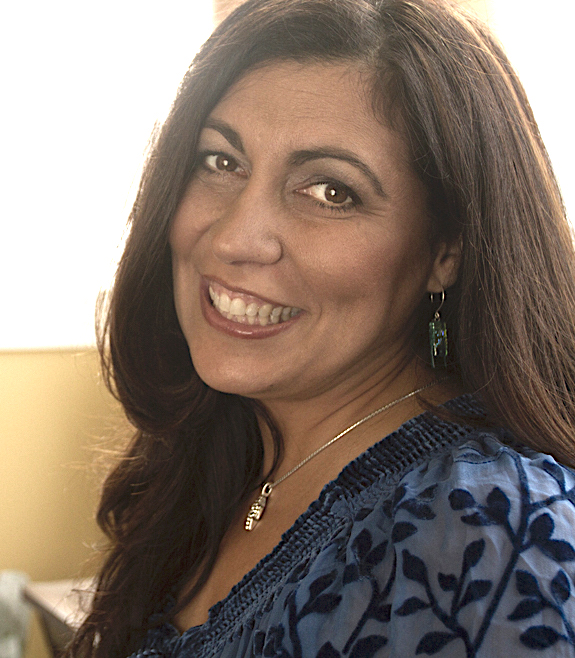
When the mirror is the enemy: An inside (and raw) look at body dysmorphic disorder
Research published in the Psychological Bulletin in 2018 revealed that our self-esteem peaks at around age 60. But what happens if we never learn to love ourselves because we see flaws that only exist in our brains and not in reality?
Sadly, that’s the case for up to 3% of the population who struggle with body dysmorphic disorder (BDD). According to the Cleveland Clinic, BDD disrupts how you perceive your body and features.
Trapped inside your head
According to Robyn Stern, a cognitive behavioral therapist and BDD expert, grappling with this condition is more than just having poor body image. When you have BDD, you’re essentially seeing flaws that aren’t there.
Stern is intimately familiar with these struggles, as someone who’s sought treatment for BDD. Now in recovery, she says that BDD is largely misunderstood in the clinical community and that’s to the detriment of patients and their support systems. There’s a tendency for mental health providers to conflate BDD with an eating disorder — but that’s not accurate and has done a lot of damage to patients in her estimation.
Stern says the disorder must impact their level of functioning to meet the clinical guidelines for BDD: They often have poor insight. They often experience and/or display symptoms related to anxiety, depression, and agoraphobia. And at worst, their thoughts and actions are self-destructive. (According to Stern, 25% of people with BDD attempt suicide, and 80% experience suicide ideation.)
“It really hurts me to the core because [it feels like they’re] minimizing everything — every relapse, every fall, every medical leave, everything I’ve ever been through,” she says. “And you’re making it harder for my clients to come forward and feel like they have [an accurate diagnosis].”

Cue: TLC’S “Unpretty”
Stern was able to get a formal diagnosis in the early 2000s and feels privileged to have had the resources to get help. However, the fact she was self-described as “high-functioning” worked against her sometimes in therapy settings. Though Stern seemed like she was managing her life well, that didn’t mean the internal pain and deep wounds weren’t there.
Her skin was a major source of anguish, and the preoccupation robbed her of joy and opportunities in her 20s.
“I went out with friends, I socialized, but I had this internal dialog of always feeling ugly, disgusting, unworthy, and unlovable,” Stern says. “Before the diagnosis, I was more aware of not wanting to go out in bright lights. I wanted to go out more in the evening, when I felt like my skin wasn’t as amplified.”
Upon receiving the diagnosis, she started to work with a provider versed in an evidence-based therapy known as CBT/ERP, which is similar to OCD treatment. This was a turning point, as she began to put herself in situations and challenge what she refers to as a “faulty way of thinking.”
When negative thoughts live rent-free in your head
Dr. Maria Rago, an Illinois-based clinical director, encounters clients like Stern in her practice. Their obsessive thoughts and compulsive behaviors associated with BDD interfere with their quality of life.
For example, a woman might come to her with an intense stigma or sense of shame about a perceived imperfection with an ear — so much so that she might be terrified to let the world see it out of fear of ridicule or judgment. “What that person might choose to do in therapy, if they were feeling courageous, is start to look at their ear. Take a picture of it, look at it in the mirror, talk about or write down what statements they have about their ear. And then [permit themselves] to grieve. [They might consider how one] automatic thought can be changed into a new automatic [one].”
According to Rago, this type of exercise can be empowering because you’re taking back control of your inner monologue. Automatic thoughts are usually learned, whether consciously or unconsciously — but you don’t have to believe everything you think.


Show BDD who’s boss
Both Stern and Rago have insights for those looking for help related to BDD diagnosis and treatment:
- Research and seek out BDD experts if you suspect you have this condition. According to Stern, you owe it to yourself to get treatment from a trusted and knowledgeable expert.
- Take a moment to indulge in negative feelings, process them — and let them pass. For instance, you could write in your journal how you feel fat and bloated that day. Then counteract those statements with positive affirmations or intentions.
- Redirect or shut down conversations solely focused on flaws related to physical appearance. According to Rago, you don’t have to engage in self-deprecating talk, even among your friends or colleagues who might normalize it.
- Watch for signs of BDD in your children. “Initially, BDD was diagnosed older because patients weren’t presenting [with symptoms],” says Stern. “We didn’t really understand it, and we weren’t really getting the proper diagnostic criteria together to get them the right diagnosis.”
The takeaway: People facing BDD can live full and rich lives with the help of qualified mental health providers and appropriate treatment.



